Journal Boards
Editor
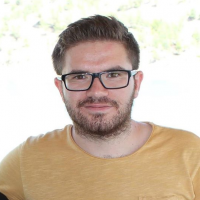
Assistant Editor
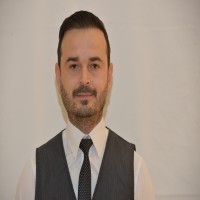
Editorial or Advisory Board
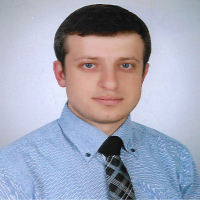
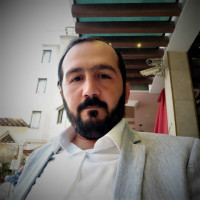
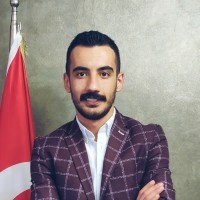

Professor in 3D GIS at Universiti Teknologi Malaysia. Co-Chair for Land Administration Domain Model at FIG (Federation International of Geomatic) from 2022 to 2026.
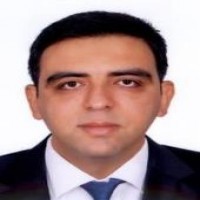
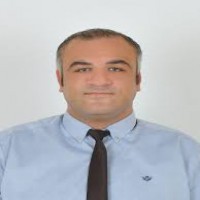
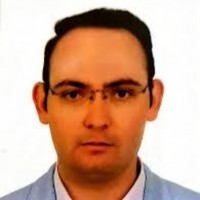
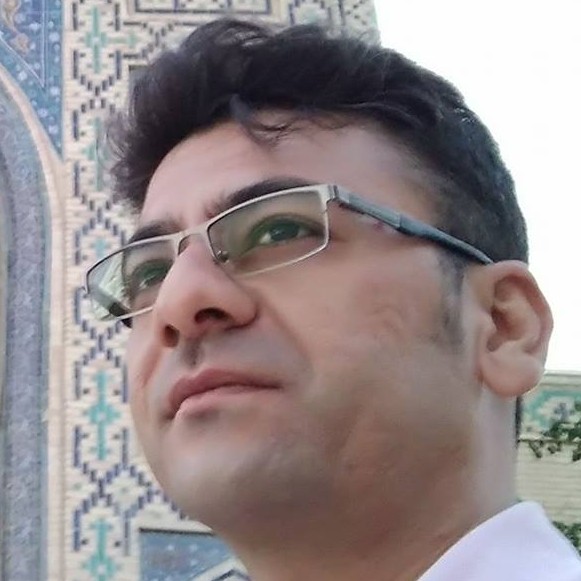
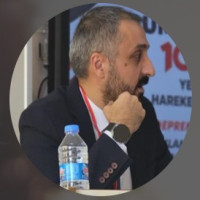
Doktora,KaradenizTeknikÜniversitesi,MühendislikFakültesi,HaritaMühendisliği,Türkiye 2009 -2014
YüksekLisans,KaradenizTeknikÜniversitesi,MühendislikFakültesi, JeodeziVe Fotogrametri,Türkiye 2006 -2009
Lisans,SelçukÜniversitesi,MühendislikMimarlık, JeodeziVe Fotogrametri,Türkiye 1999 -2005
İlçesiÖrneği,KaradenizTeknikÜniversitesi,FenBilimleriEnstitüsü,HaritaMühendisliği,2014
YüksekLisans,Karadeniz SahilYolununYapımı İleDeğirmendere’ninTrabzonLimanınaOlanEtkisininHidrografik
ÖlçmelerVeUyduGörüntüleri İle İncelenmesi,KaradenizTeknikÜniversitesi,FenBilimleriEnstitüsü, JeodeziVe
FotogrametriMühendisliği,2009
Doç.Dr.,ErzincanBinaliYıldırımÜniversitesi,MeslekYüksekokulu,Mimarlıkve Şehir PlanlamaBölümü,2022 -DevamEdiyor
Dr.Öğr.Üyesi,ErzincanBinaliYıldırımÜniversitesi,MeslekYüksekokulu,Mimarlıkve Şehir PlanlamaBölümü,2018 -
2022
Yrd.Doç.Dr.,ErzincanBinaliYıldırımÜniversitesi,MeslekYüksekokulu,Mimarlıkve Şehir PlanlamaBölümü,2014 -2018
AraştırmaGörevlisi,KaradenizTeknikÜniversitesi,MühendislikFakültesi,HaritaMühendisliği,2006 -2014
AraştırmaGörevlisi,ErzincanBinaliYıldırımÜniversitesi,MeslekYüksekokulu,Mimarlıkve Şehir PlanlamaBölümü,2005
-2006

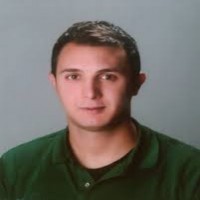







 Web
Web
Mustafa Ustuner received his PhD and MSc degrees in Geomatic Engineering from Yildiz Technical University and his BSc in Geodesy and Photogrammetry Engineering from Karadeniz Technical University, Türkiye. He was a visiting researcher in the Geo-Spatial Analytics Lab at the University of South Florida in the US and in the Department of Earth Observation, Institute of Geography at the Friedrich-Schiller-University of Jena in Germany.
Currently, He is working as an assistant professor for Samsun University, Türkiye. As an editorial task, I have been serving as an associate editor for the European Journal of Remote Sensing, Turkish Journal of Remote Sensing and Geoplanning: Journal of Geomatics and Planning. Also, He was one of the guest editors of the special issue entitled "Advances in Remote Sensing for Monitoring and Characterising Vegetation Responses to Changing and Extreme Climatic Conditions" in MDPI Remote Sensing.
His main research interests include Polarimetric Synthetic Aperture Radar (PolSAR) Remote Sensing, Applied Machine Learning and particularly Hyperspectral Data Analysis. Recently, he is working on dimensionality reduction and classification of hyperspectral images.
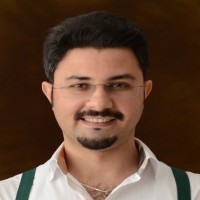



 Web
Web
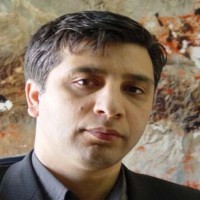
Dr. Khalil Valizadeh Kamran is currently working as a full Professor in the Department of Remote Sensing and GIS, University of Tabriz , Iran. His research interests includes Land use/Land cover classification, monitoring and change detection, Image processing, Thermal remote sensing, Remote sensing and GIS applied to climatology,Remote sensing and GIS application for Geohazard monitoring and risk assessment, SAR image processing, GIS based climatology. He is serving as an editorial member and reviewer of several international reputed journals. Prof. Dr. Khalil Valizadeh Kamran is the member of many international affiliations. He has successfully completed his Administrative responsibilities. He has authored of many research articles/books related to Land use.
I am guest researcher at Mersin University as a TUBITAK project
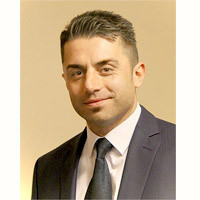
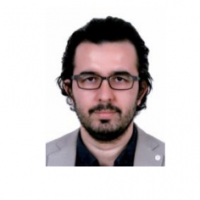
Mustafa Zeybek is now an assistant professor at the University of Selcuk, Turkey. His research interests include LiDAR, computer graphics, computer vision, UAV image processing, R programming and 3D reconstruction.
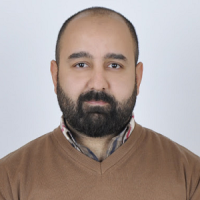

Integrated researcher at CICANT, Universidade Lusófona (https://doi.org/10.54499/CEECINST/00002/2021/CP2788/CT0006). Artist, computer scientist, and digital animation researcher, his primary focus lies in exploring the representation of the human body through algorithmic processes. Serving as the Principal Investigator for the Ghost Dance project (DOI 10.54499/EXPL/ART-PER/1238/2021), he focuses on analyzing dance movement in interaction with virtual reality. Formerly a Marie Sklodowska-Curie Fellow with affiliations at MIRALab, University of Geneva, and BioISI, Faculty of Sciences, University of Lisbon, he has received sponsorship from prestigious institutions like the European Research Agency and the Foundation for Science and Technology. His expertise in animating human movement has led to a diverse research career spanning academia, including Lusófona University, University of London, University of Geneva, University of Lisbon - Faculty of Sciences, and Faculty of Human Kinetics. Additionally, he co-founded and served as the Chief Technology Officer of AnabiVirtual, a spin-off company dedicated to developing interactive experiences involving augmented reality (AR) and virtual reality (VR) for cultural sites. He earned his Ph.D. in Computational Arts and Technologies from Goldsmiths, University of London, bridging the realms of art, science, and technology. His journey as a visual artist began in the early 1990s at Ar.Co in Lisbon, Portugal. Notably, his work was awarded in the VIDA competition for art and artificial intelligence (editions 12 and 13). His contributions extend to various publications, including Preble's Artforms book, the scientific magazine ALife, Leonardo Electronic Magazine, and several art catalogues.

Elliot Hartley is the Managing Director of Garsdale Design, and an internationally recognised 3D geodesign expert. He is also known as a pioneer and instructor in the use of Esri’s ArcGIS CityEngine for urban planning projects and 3D city modelling.
Elliot has had more than 20 years working in the fields of GIS, planning, 3D urban modelling and geodesign. He has spent some of that time working as a Senior Planner in private practice, as well as a Development Control officer within local authority planning Departments.
He has consulted for and trained teams in some of the world’s leading planning and architectural consultancies in Europe, North America, and the Middle East. In addition, he has also provided training and services for local government/city authorities in Europe, North America, and the Middle East.
As a subject matter expert in 3D urban modelling Elliot has spoken and conducted workshops/webinars/seminars at many international events on topics of planning, 3D urban modelling and geodesign.
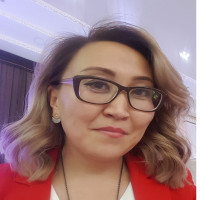
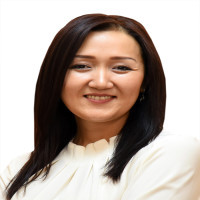
Language Editor
Layout Editor
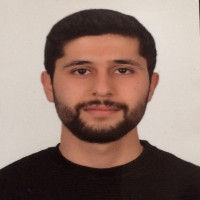
Turkish Journal of LiDAR/Turkey LiDAR Journal